
Protecting Baby’s Scalp in Winter: Gentle, Hydrating Care Tips


Rs. 2,650.00
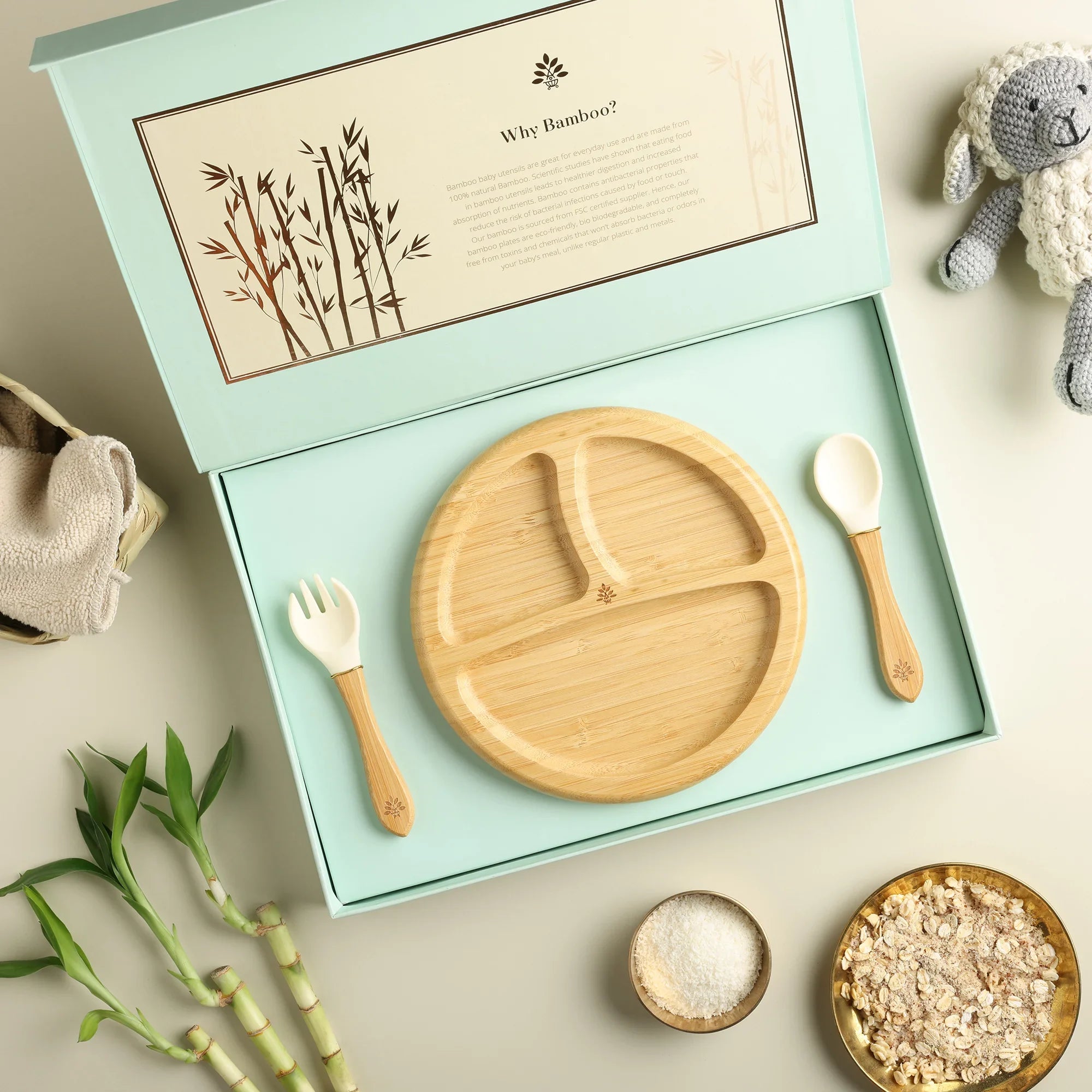
Rs. 2,650.00
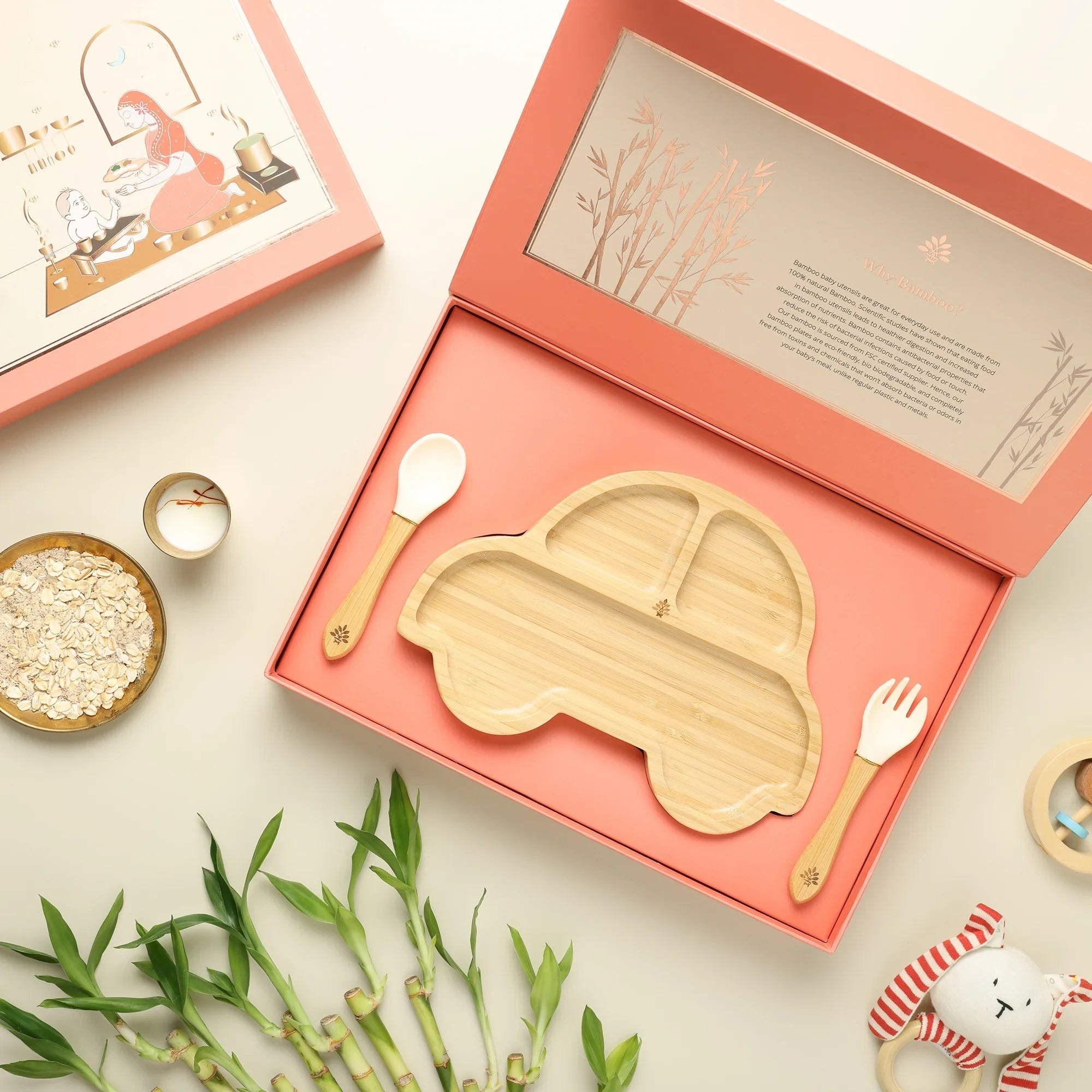
Rs. 2,750.00
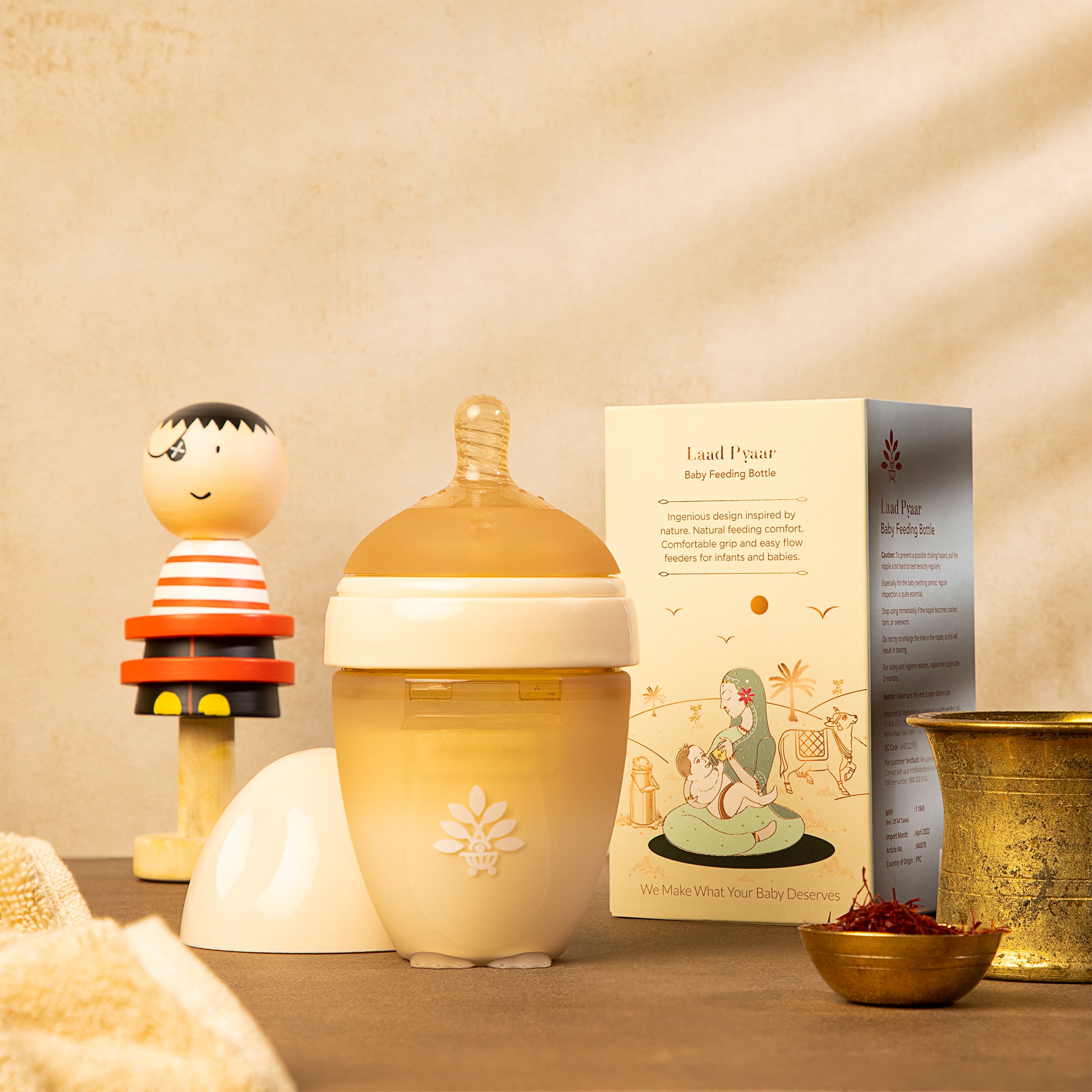
Rs. 1,845.00
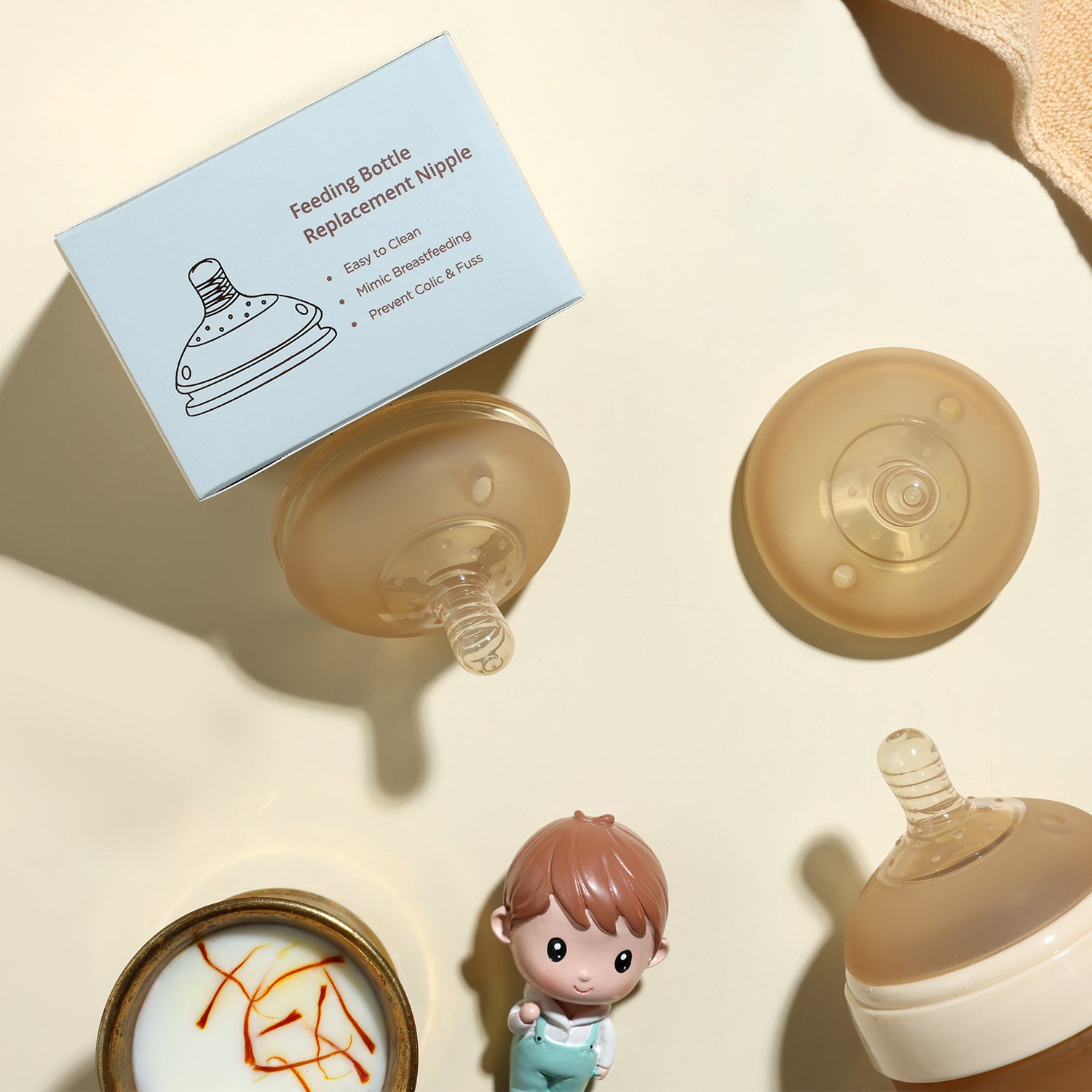
Rs. 249.00
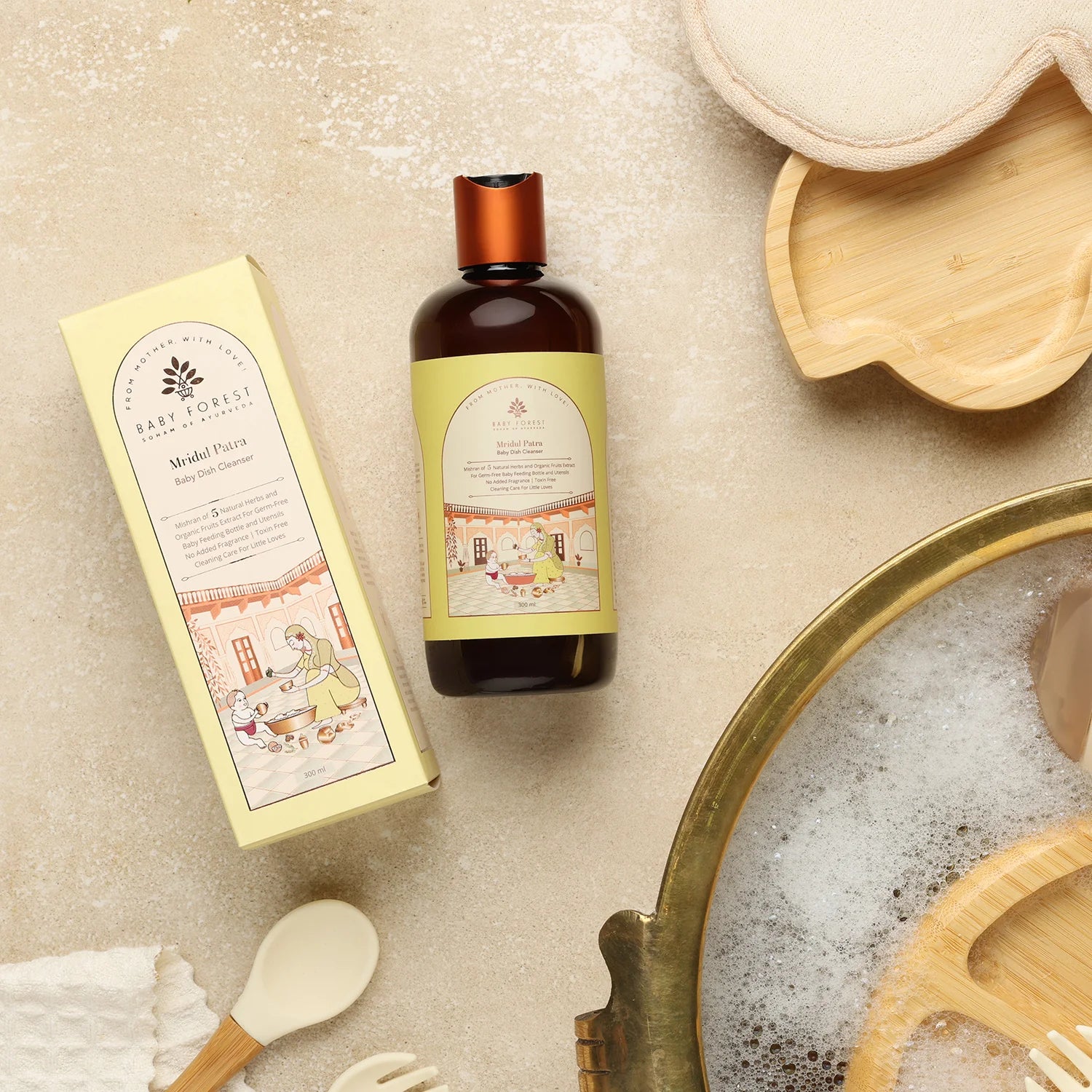
Rs. 475.00

Homemade Baby Food: 2 Simple Recipes for Healthy Meals

Purees vs. Finger Foods: Which Is Best for Your Baby?

The Ultimate Baby Feeding Checklist: From Newborns to Tod...

How to Create the Perfect Feeding Schedule for Your Newborn

The Benefits Of Baby Feeding Bottle: A Parent’s Guide

A Beginner's Guide to Baby-Led Weaning

Burping Baby 101: Why It Matters and How to Do It Right!

How to Safely Heat Milk for Your Baby: Tips and Techniques

Feeding Your Infant: Common Challenges and How to Overcom...

Nervous About weaning Your Baby? Here Is What You Need To...

Nourishing the New Mother: Ayurvedic Postnatal Care Pract...

Benefits of Anti-Colic Feeding Bottles

5 Cute Must-Have Summer Dresses for Baby Girl

How to clean/wash baby feeding bottle?

A Parent's Guide to Organic Baby Clothes: What You Need t...

9 Easy Tips to Encourage Self-Feeding for Babies

What Causes Colic? A Simple Guide for Parents

07 Winter Tips for Your Baby's Delicate Skin

All You Need To Know About Breastfeeding

5 Winter Foods That You Should Include In Your Lil One's ...

10 Essential Ayurvedic Products For Babies

Is Formula Feeding Safe for Your Little One?

How to Prepare for Baby's First Cold and Flu Season: A Co...

How to Avoid Nipple Confusion While Breastfeeding and Bot...

Comprehensive Baby Feeding Chart for 2-Year-Olds

Protecting Baby’s Scalp in Winter: Gentle, Hydrating Care Tips

Travelling in your second trimester? Here’s what to know!

Why Rose Water Is a Gentle Skincare Secret for Babies

What Causes Colic? A Simple Guide for Parents

Second Trimester Guide for Moms-to-Be: Emotional and Physical Well-Being
When you have a baby, your life suddenly fills with new responsibilities. There's so much to consider, from what to feed your baby to when to start introducing new foods. On top of that, you'll likely have elders, friends, and even strangers offering advice on what you should and shouldn't do. This flood of information can quickly become confusing, scary, and overwhelming.
But don't worry—you're not alone on this journey. In today's blog, we're here to help by sharing a comprehensive feeding chart for babies aged 0-12 months. As your little one grows, their nutritional needs change, and it's important to introduce the right foods at the right time. This guide is designed to simplify things, giving you clear, practical advice on what to feed your little one at each stage of their first year.
Before we get into the baby feeding chart, we must understand that every baby is unique. While this guide provides general recommendations, your baby's needs may vary. Always consult with your paediatrician to ensure you're on the right track.

Below is a month-by-month breakdown of your baby’s feeding needs, including when to introduce new foods and how much to feed.
|
Age |
Type of Feeding |
Quantity per Feeding |
Frequency |
|
0-4 Months |
Breast milk or formula |
2-4 ounces |
Every 2-3 hours (8-12 times/day) |
|
4-6 Months |
Breast milk or formula, introduce solids |
4-6 ounces (milk) |
Every 3-4 hours (6-8 times/day) |
|
|
Small amounts of iron-fortified cereals |
1-2 tablespoons (solids) |
Once a day |
|
6-8 Months |
Breast milk or formula, pureed foods |
6-8 ounces (milk) |
Every 4-5 hours (5-6 times/day) |
|
|
Pureed fruits, vegetables, meats |
2-4 tablespoons (solids) |
2-3 times a day |
|
8-10 Months |
Breast milk or formula, mashed foods |
7-8 ounces (milk) |
Every 4-5 hours (4-5 times/day) |
|
|
Finger foods, soft fruits, and veggies |
3-5 tablespoons (solids) |
3 times a day |
|
10-12 Months |
Breast milk or formula, variety of solids |
7-8 ounces (milk) |
Every 4-5 hours (3-4 times/day) |
|
|
Soft-cooked family foods |
4-6 tablespoons (solids) |
3 times a day with snacks |
In the first four months, your baby's diet consists solely of breast milk or formula. This is the period when your baby is learning to latch, suck, and swallow. Breast milk provides all the essential nutrients your baby needs, including antibodies to fight infections. If you're formula-feeding, choose a formula that closely mimics the nutritional profile of breast milk.
It's important to feed on demand during this time, which means offering milk whenever your baby seems hungry. This could be as often as every 2-3 hours, including at night.
At around four to six months, your baby might start showing interest in solid foods. They might watch you eat, open their mouth for a spoon, or sit up with support. This is the time to start introducing solids but remember, breast milk or formula should still be the primary source of nutrition.
Start with iron-fortified single-grain cereals like rice or oatmeal mixed with breast milk or formula to a thin consistency. Use a small, shallow spoon to feed your baby and be patient as they get used to the new texture. As your baby gets more comfortable with solids, you can start offering small amounts of pureed fruits and vegetables.
A bamboo feeding bowl is a natural and safe option for feeding your baby. The silicone suction base securely grips flat surfaces to prevent mealtime spills.
Your baby is ready to explore more flavours and textures between six to eight months. This is the perfect time to introduce pureed fruits, vegetables, and meats. You can include sweet potatoes, carrots, bananas, and avocados in their meal. When trying new foods, introduce them one at a time. Wait a few days before adding another food to check for any allergic reactions.
Breast milk or formula should still be offered, but now you can gradually increase the amount of solid food. Pureed foods should be soft and smooth, making it easy for your baby to swallow.
If you haven't already, you can introduce a glass feeding bottle at this stage. Glass bottles are a safe choice for your baby because they’re durable, easy to clean, and free from harmful chemicals like BPA.
By eight to ten months, your baby might be ready for more textured foods and even some finger foods. Soft fruits like bananas, steamed veggies like carrots, and small pieces of soft cheese are wonderful choices. Let your baby try feeding themselves with their little fingers—it’s a fun way for them to practice their motor skills and start building independence.
You can also start offering small amounts of family meals, as long as they are soft and not heavily seasoned. You can offer them Mash foods like potatoes on a fun looking wooden plate. Buy a Car Shaped Bamboo Feeding Plate, that is sturdy, and eco-friendly. This bamboo plate does not absorb bacteria or odours from your baby's meal.
As your baby approaches their first birthday, they'll be eating a variety of solid foods and joining in on family meals. At this stage, they can handle more textures and flavours, so they offer a wide variety of soft-cooked family foods. Continue to provide breast milk or formula, but you'll notice they start drinking less as they eat more solids.
Introduce a balanced diet that includes fruits, vegetables, grains, and proteins. Encourage your baby to feed themselves with a spoon or fork but be prepared for some mess as they learn this new skill. Continue to monitor your baby for any food allergies and avoid foods that are choking hazards, like whole grapes or nuts.
Make mealtimes enjoyable by sitting with your baby and eating together. This not only makes feeding fun but also encourages your baby to develop healthy eating habits by watching and imitating you.

